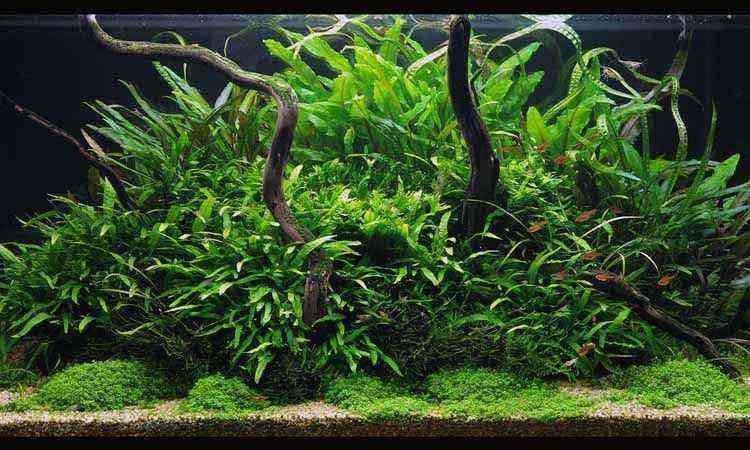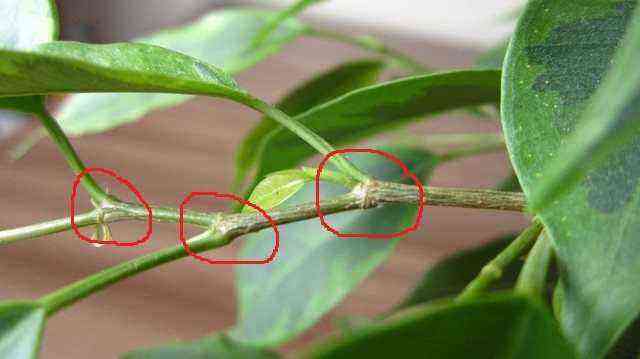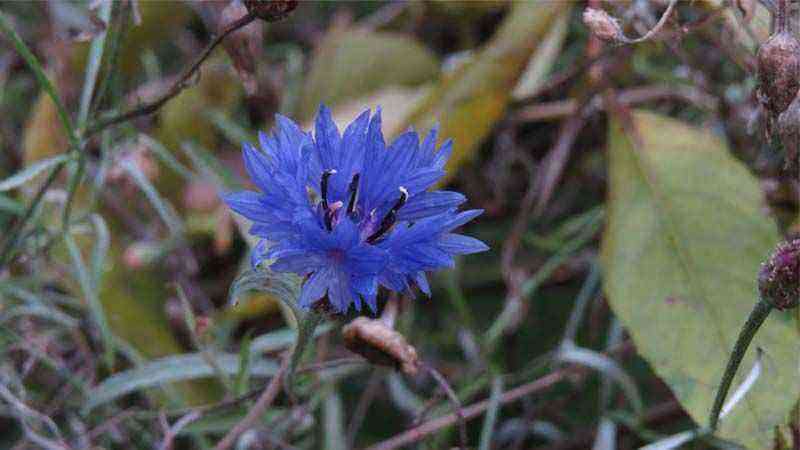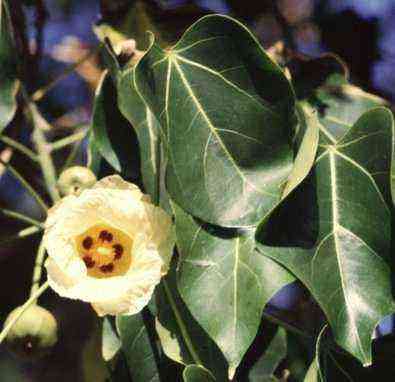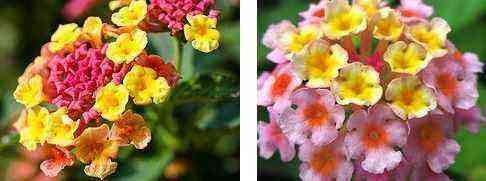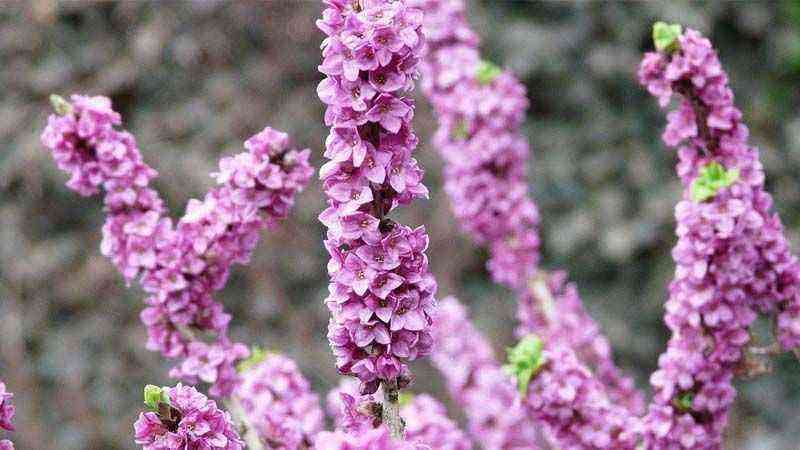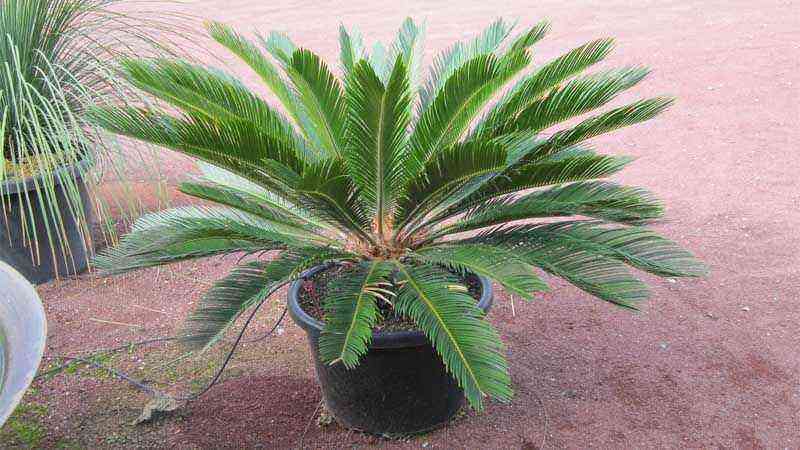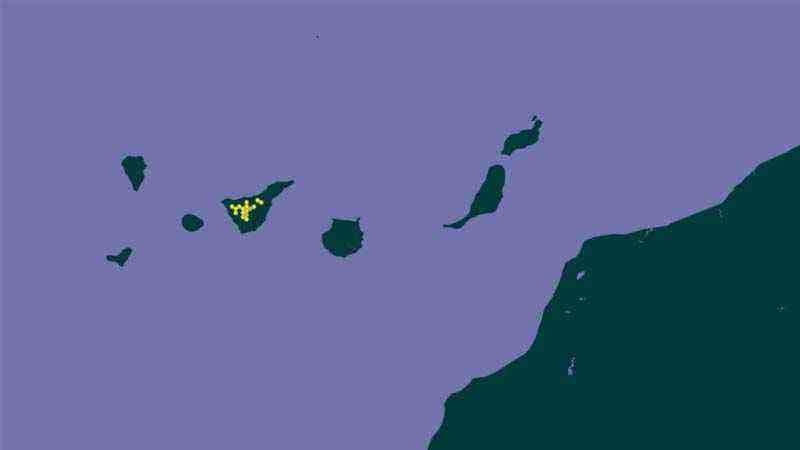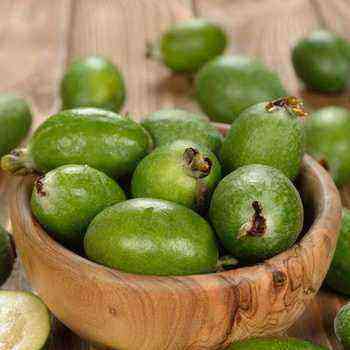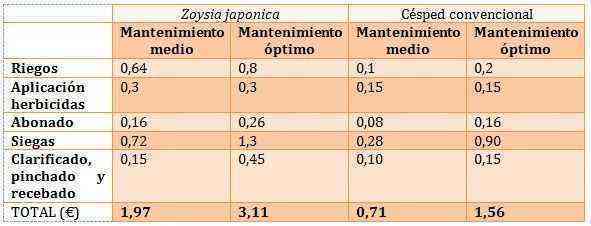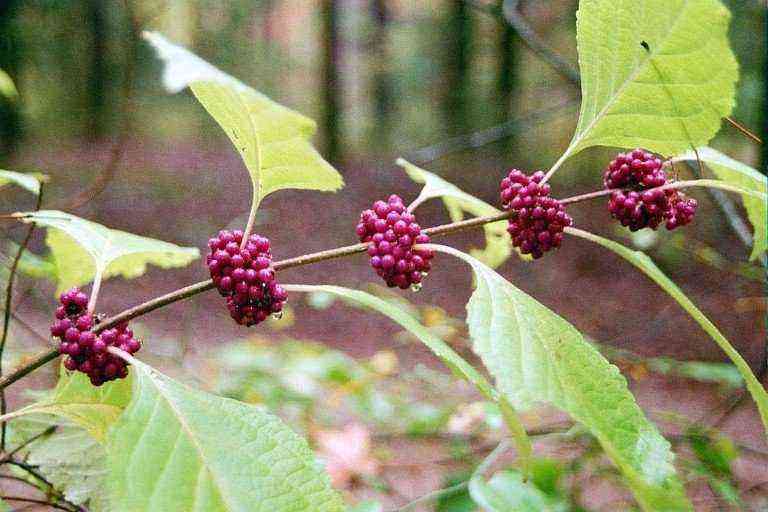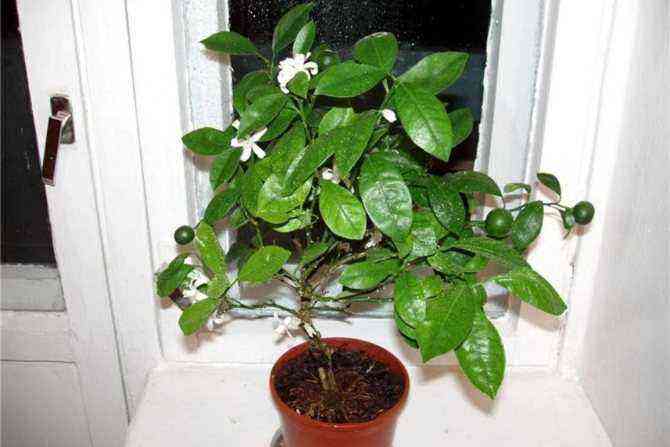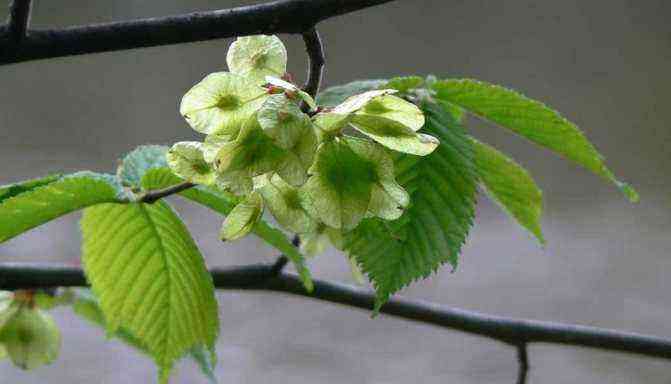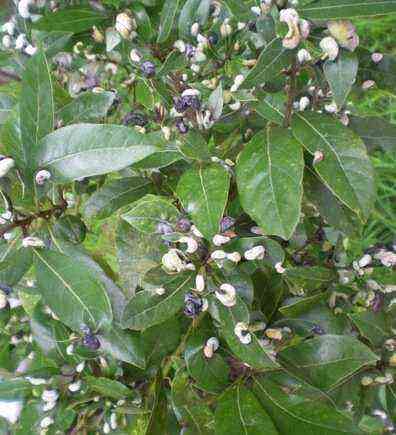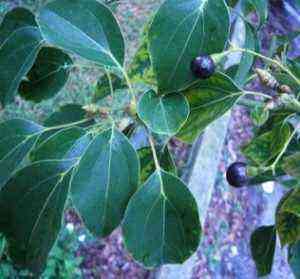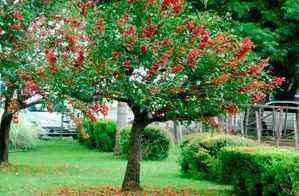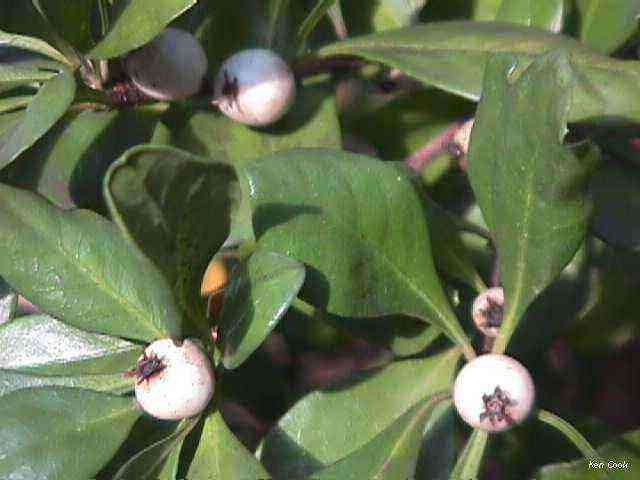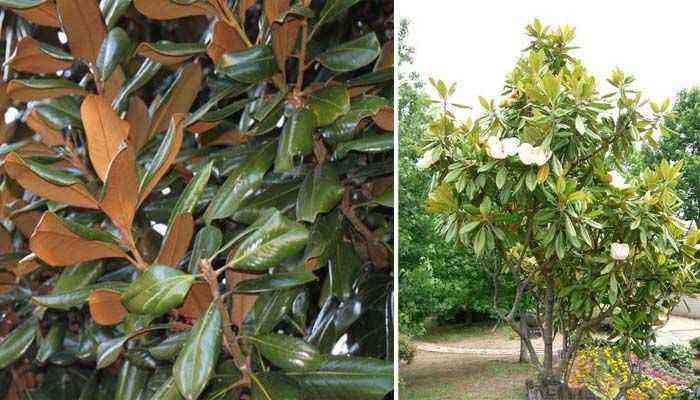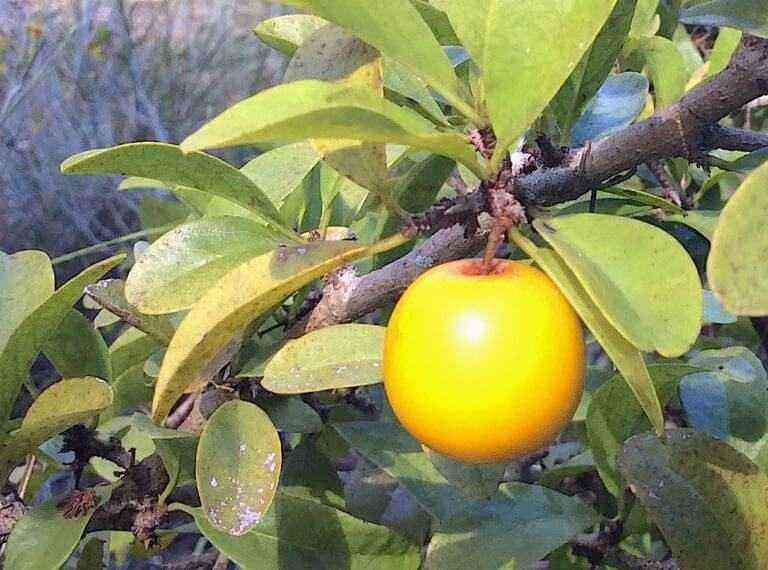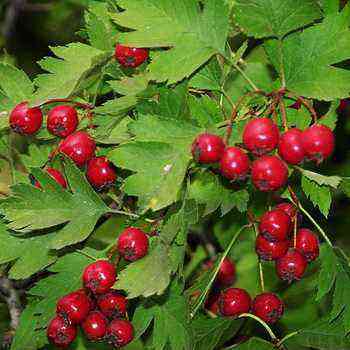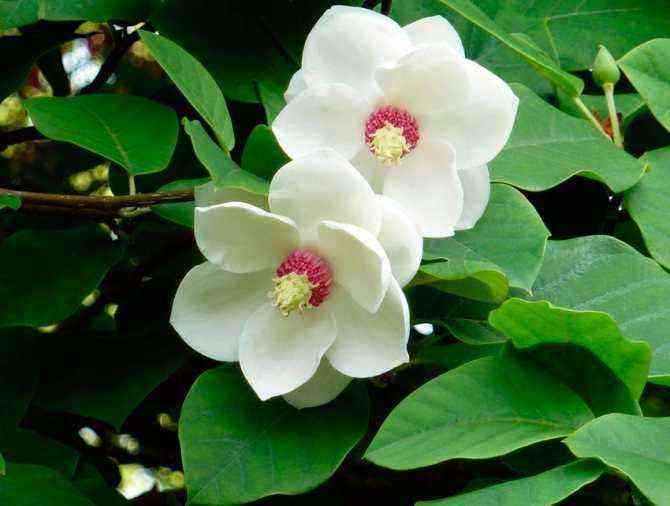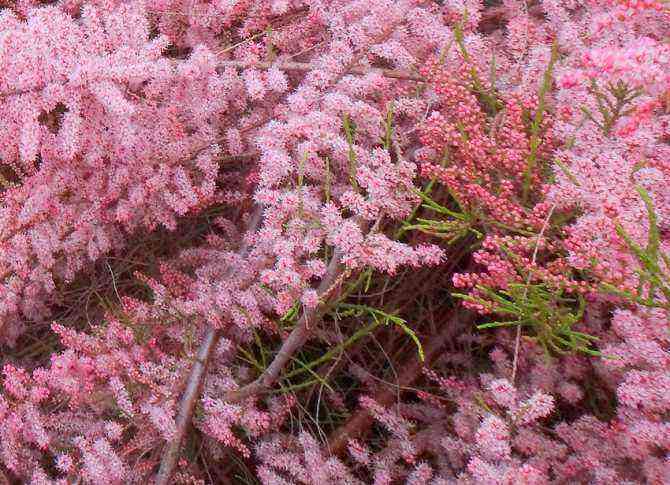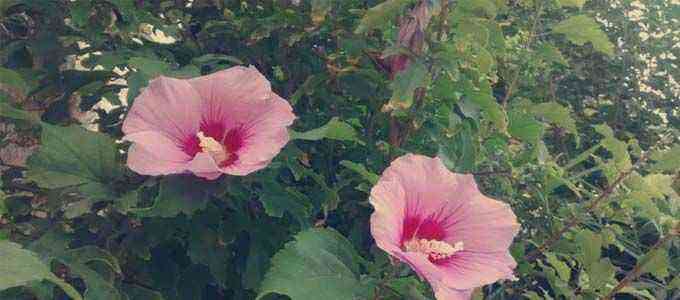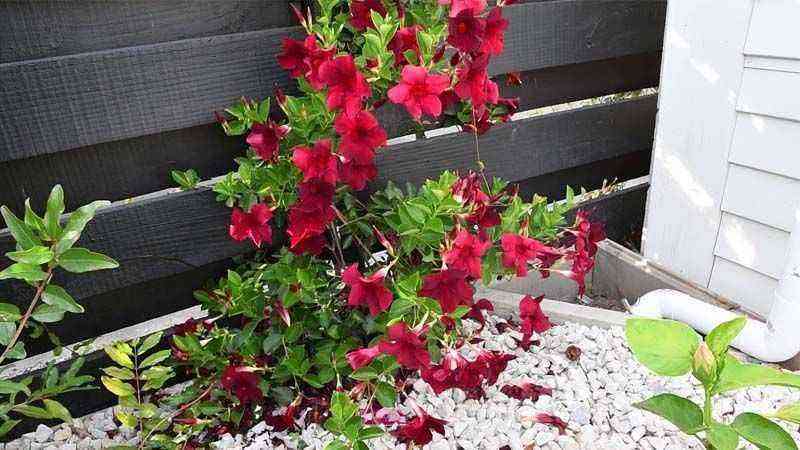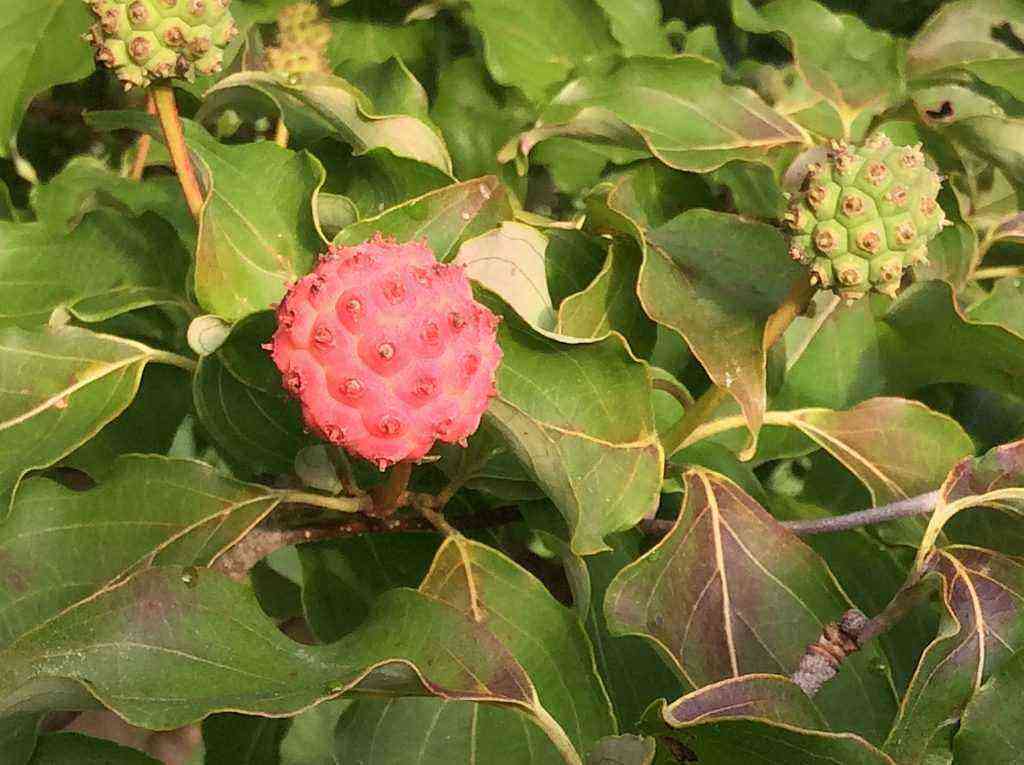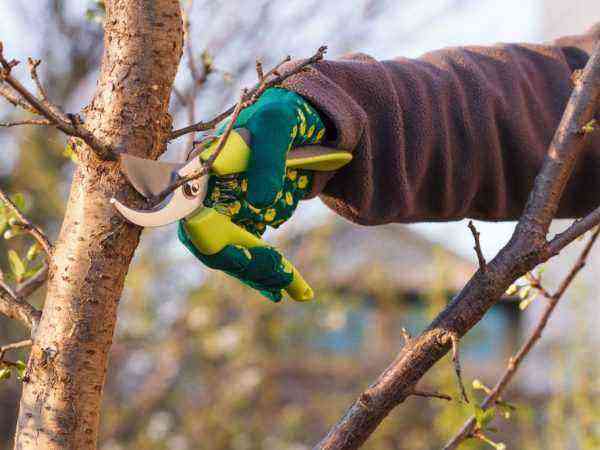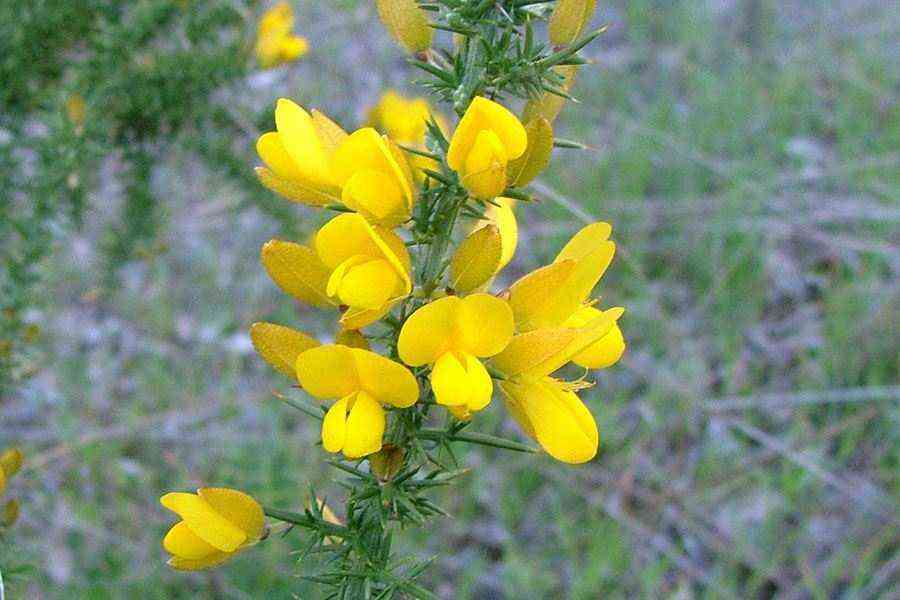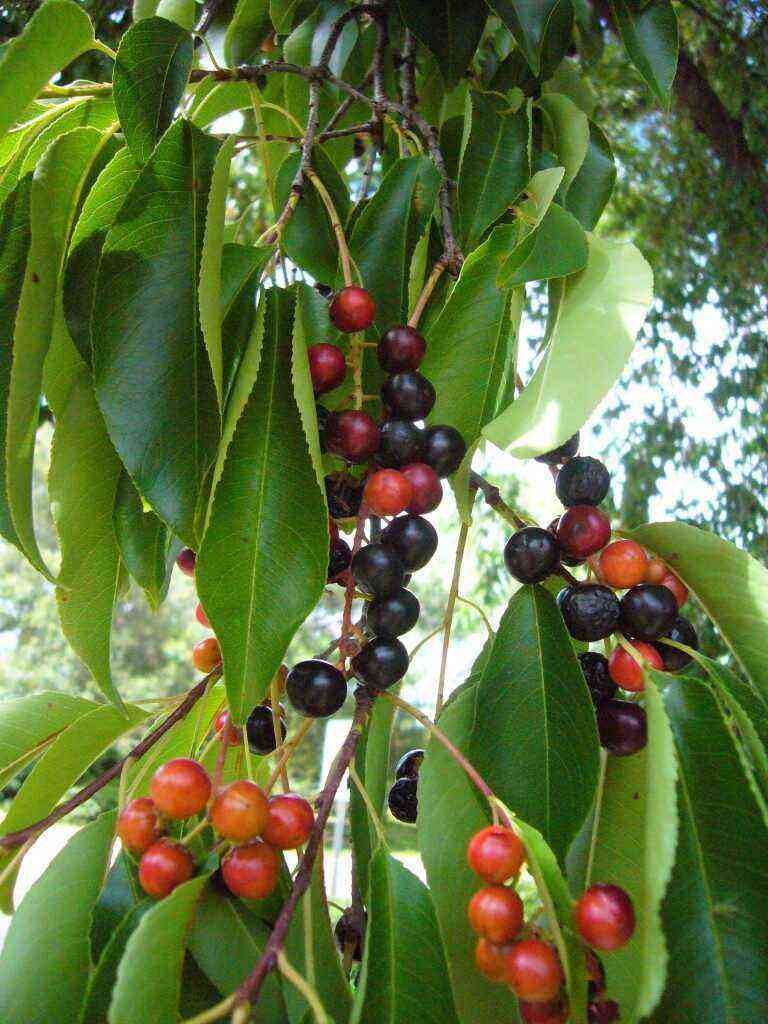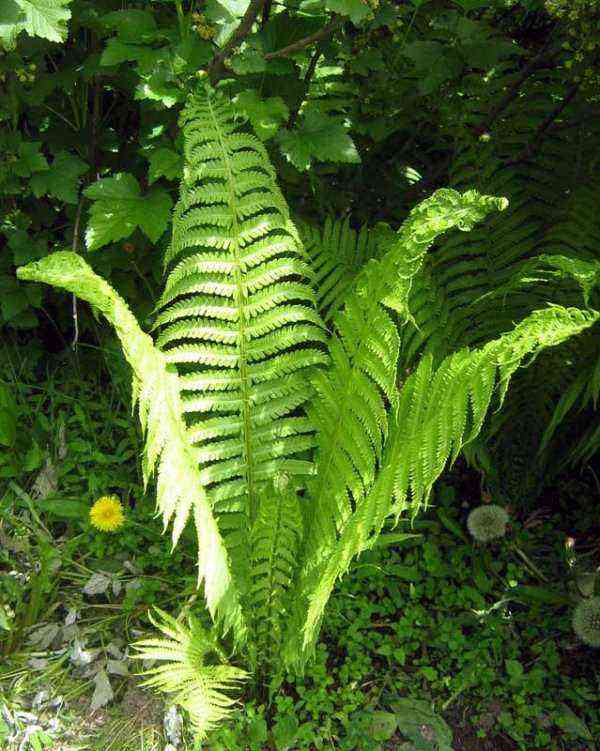Even in an aquarium full of water, plant nature is capable of developing. The java fern is one of those plants that everyone has in mint when they want to decorate and improve the quality of the water in the aquariums.
However, it also has other applications thinking in other areas, such as grown in a pond, as we teach how to make it to give a leap in quality to our garden.
In this article we want to help you manage this plant and its installation in any aquarium , controlling the needs of the Java fern in its coexistence with fish and other marine animals.
Java fern characteristics
His scientific name is Microsorum pteropus , although it is traditionally known in most countries as java fern . Although in tropical areas and with high humidity, it can be seen growing near freshwater rivers, it is common to find it in aquariums due to its aesthetic appeal and ease of care.
It is a nutrient-consuming species, so in addition to being used as an ornamental attraction in the aquarium, it also helps to balance the chemical values of the water.
As we incorporate more fish into our aquarium, the better development the plant offers, since it feeds on decomposing waste generated by the fish, rich in nitrogen and phosphorus.
This is a plant that grows near fresh water courses, but we can also find it behaving as if it were aquatic. So you are not going to have any problem with it. In the aquarium it usually reaches a total height of 35 cm on average.
Taxonomy
- Order: Polypodiales
- Family: Polypodiaceae
- Gender: Leptochilus
- Species: Microsorum pteropus (also know as Leptochilus pteropus )
The Java fern is characterized by its ornamental character and attractive to the eye, especially by the length and size of its leaves, which can exceed 30 cm in length. In addition, its vivid green color also greatly enhances the appearance of a pond or aquarium.
Java fern varieties
Another interesting part of this plant is that we can choose between 4 varieties described within the same species, with notable differences between the shape of its leaves, color and length.
These are the 4 varieties of Java fern currently cataloged:
- Microsorum pteropus var. mini
- Microsorum pteropus var. windelov
- Microsorum pteropus var. narrow
- Microsorum pteropus var. trident
Geographical origin
Although originally the Java fern belongs to the island of Java, from which it receives its name, this species and similar species have been observed in geographical areas with high rainfall and stagnant freshwater areas.
This is the case of countries such as China, Thailand or Malaysia, among others. In flooded areas, we can see it totally or partially submerged, showing the tips of the leaves floating in the water.
Its roots have a great exploratory capacity and are anchored to the ground or even around submerged rocks.
How to care for our Java fern in the aquarium
The great success of the Java fern as an aquarium plant has made it very easy to buy it in nurseries, specialized aquarium supply stores and even online stores.
From here, we leave you all the most interesting growing options and care tips for Microsorum pteropus .
Position in the aquarium
We can arrange it in any part of the aquarium, preferably in the area of greatest illumination. In case of not having enough light, it is necessary to place LED lights as a complement.
The roots are made up of rhizomes. These can be anchored to the floor of the aquarium, as long as there is a substrate base, or they can grow in woods and rocks. It is advisable to leave the upper half of the rhizome in direct contact with the water, so that we will only bury it from the lower half.
Do not worry about the latter, as the magnificent resistance of the Java fern and the power of its roots, makes it capable of clinging to any solid part of the aquarium to create a strong anchoring system.
Perfect rooting
Instead of burying half of the rhizome at the base of the aquarium substrate, it is usual to use a kind of wooden weights or any object tied with fishing line. Stones can also be placed on top of the rhizome, which act as a support base. The roots they produce will develop around the trunk to strengthen the anchor
Temperature and pH characteristics
- Aquarium temperature: range between 18ºC and 28ºC, with an ideal temperature of 24-26ºC
- pH: Between 6 and 8. It is not necessary to modify the optimum pH in which the fish live.
Reproduction
From the rhizomes discussed above, new leaves emerge. Ferns and other species that grow from these rhizomes are easily reproducible from division.
Therefore, and being very careful, we will separate the rhizome with the help of a sharp knife if we want to have several totally independent plants.
Keep in mind that the fern’s root system only serves as an anchoring system, and it does this very well since it tends to grow in circulating fresh water, such as river currents. The plant absorbs oxygen and nutrients from the leaves.
